Introduction #
The authors of the KolektorSDD2: Kolektor Surface-Defect Dataset 2 dataset highlight the importance of surface-quality inspection in industrial production processes. They point out that in large-scale production, the occurrence of defective items is significantly lower than non-defective ones, leading to a heavily skewed ratio. This scarcity of defective samples poses challenges for supervised deep-learning methods that require a large set of annotated samples to learn specific defect characteristics.
The authors also emphasize the difficulty in producing detailed annotations, especially pixel-level annotations that are essential for differentiating anomalous image regions from regular ones accurately. Creating accurate pixel-level annotations is tedious and costly, particularly when defining boundaries between defects and regular surface appearance is challenging. To address these challenges, the authors aim to minimize the labeling effort by reducing the required number of annotations and improving label precision.
The dataset KolektorSDD2 used in the study consists of color images of defective production items captured with a visual inspection system. These images were provided and partially annotated by the industrial partner Kolektor Group d.o.o. The dataset includes images of approximately 230 pixels wide and 630 pixels high, captured in a controlled environment. It is divided into train and test subsets, with 2085 negative and 246 positive samples in the train set, and 894 negative and 110 positive samples in the test set. Defects in the dataset are annotated with fine-grained segmentation masks and vary in shape, size, and color, ranging from small scratches and minor spots to large surface imperfections.
Summary #
KolektorSDD2: Kolektor Surface-Defect Dataset 2 is a dataset for instance segmentation, semantic segmentation, object detection, and weakly supervised learning tasks. It is used in the surface defect detection and industrial domains.
The dataset consists of 3336 images with 394 labeled objects belonging to 1 single class (defect).
Images in the KolektorSDD2 dataset have pixel-level instance segmentation annotations. Due to the nature of the instance segmentation task, it can be automatically transformed into a semantic segmentation (only one mask for every class) or object detection (bounding boxes for every object) tasks. There are 2980 (89% of the total) unlabeled images (i.e. without annotations). There are 2 splits in the dataset: train (2332 images) and test (1004 images). The dataset was released in 2021 by the University of Ljubljana, Slovenia.

Explore #
KolektorSDD2 dataset has 3336 images. Click on one of the examples below or open "Explore" tool anytime you need to view dataset images with annotations. This tool has extended visualization capabilities like zoom, translation, objects table, custom filters and more. Hover the mouse over the images to hide or show annotations.





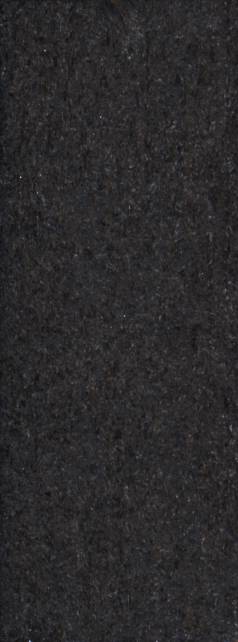

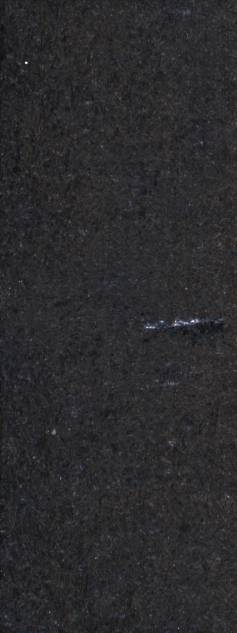







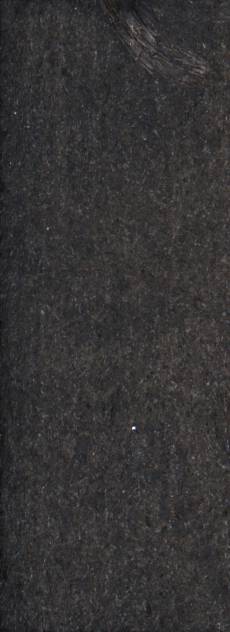



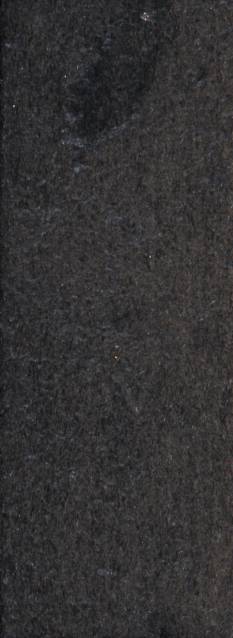

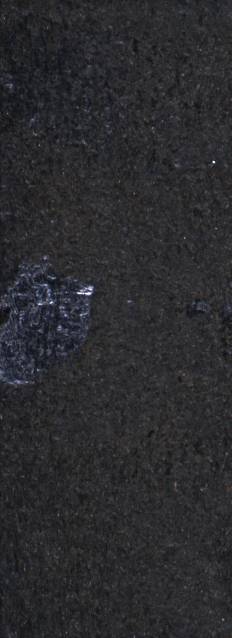

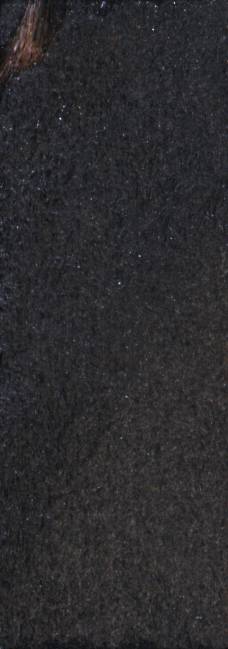



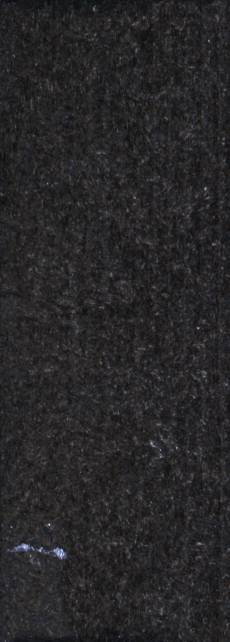







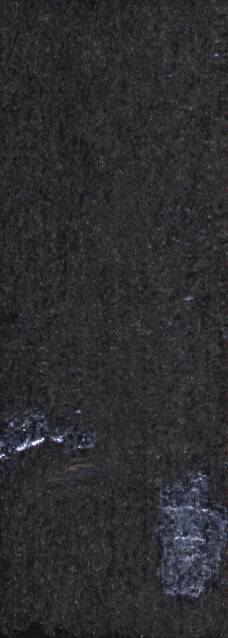

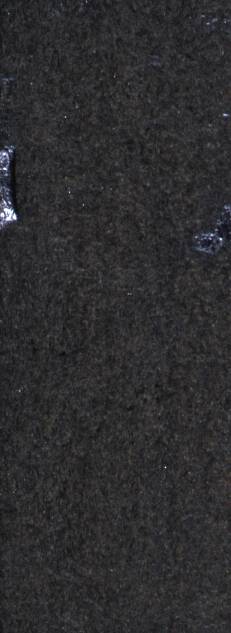

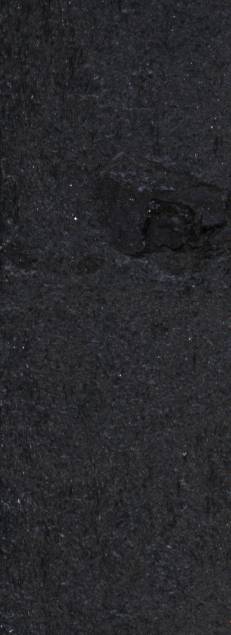

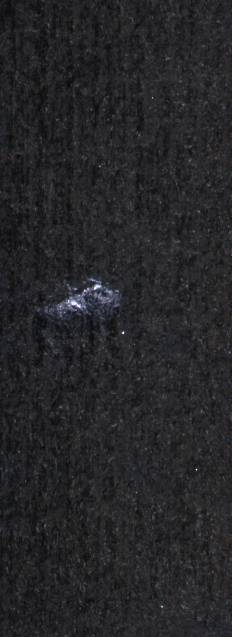



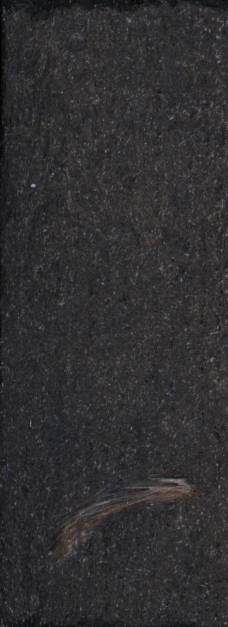

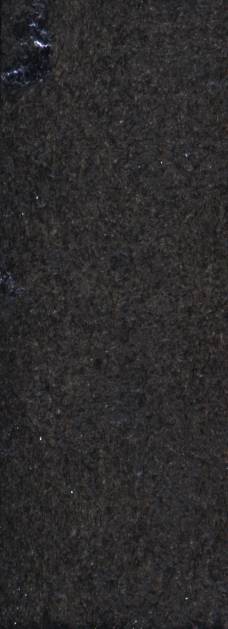

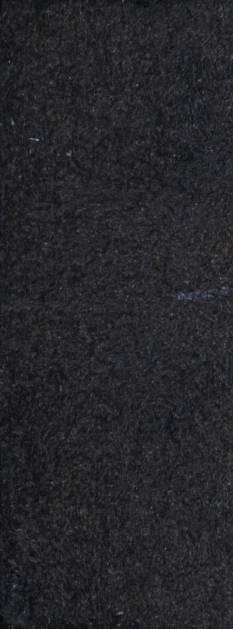



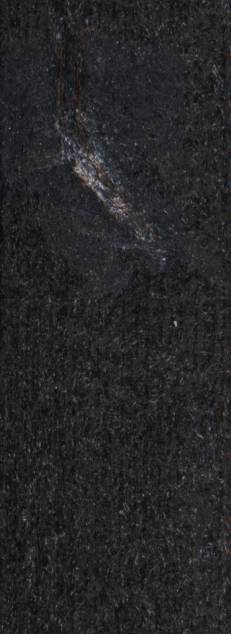

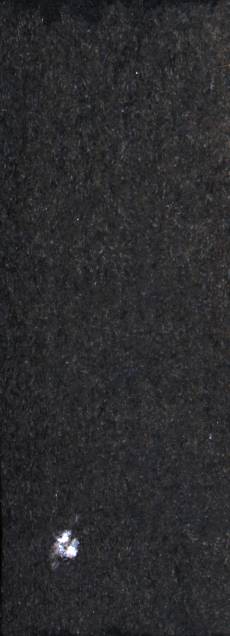

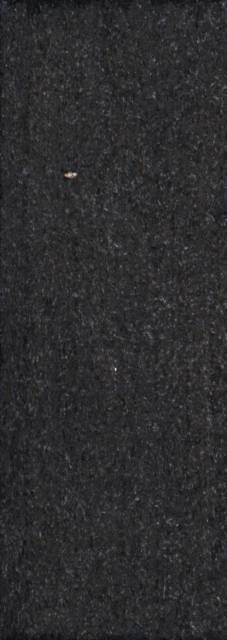

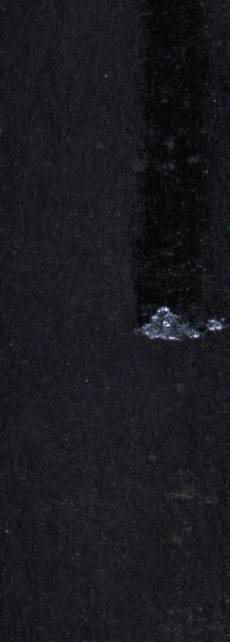
Class balance #
There are 1 annotation classes in the dataset. Find the general statistics and balances for every class in the table below. Click any row to preview images that have labels of the selected class. Sort by column to find the most rare or prevalent classes.
Class ㅤ | Images ㅤ | Objects ㅤ | Count on image average | Area on image average |
|---|---|---|---|---|
defect➔ mask | 356 | 394 | 1.11 | 2.81% |
Images #
Explore every single image in the dataset with respect to the number of annotations of each class it has. Click a row to preview selected image. Sort by any column to find anomalies and edge cases. Use horizontal scroll if the table has many columns for a large number of classes in the dataset.
Object distribution #
Interactive heatmap chart for every class with object distribution shows how many images are in the dataset with a certain number of objects of a specific class. Users can click cell and see the list of all corresponding images.
Class sizes #
The table below gives various size properties of objects for every class. Click a row to see the image with annotations of the selected class. Sort columns to find classes with the smallest or largest objects or understand the size differences between classes.
Class | Object count | Avg area | Max area | Min area | Min height | Min height | Max height | Max height | Avg height | Avg height | Min width | Min width | Max width | Max width |
|---|---|---|---|---|---|---|---|---|---|---|---|---|---|---|
defect mask | 394 | 2.54% | 30.16% | 0% | 2px | 0.31% | 423px | 66.09% | 77px | 12.15% | 1px | 0.44% | 231px | 100% |
Spatial Heatmap #
The heatmaps below give the spatial distributions of all objects for every class. These visualizations provide insights into the most probable and rare object locations on the image. It helps analyze objects' placements in a dataset.

Objects #
Table contains all 394 objects. Click a row to preview an image with annotations, and use search or pagination to navigate. Sort columns to find outliers in the dataset.
Object ID ㅤ | Class ㅤ | Image name click row to open | Image size height x width | Height ㅤ | Height ㅤ | Width ㅤ | Width ㅤ | Area ㅤ |
|---|---|---|---|---|---|---|---|---|
1➔ | defect mask | 11195.png | 638 x 235 | 72px | 11.29% | 89px | 37.87% | 2.91% |
2➔ | defect mask | 12216.png | 635 x 229 | 56px | 8.82% | 47px | 20.52% | 1.52% |
3➔ | defect mask | 12216.png | 635 x 229 | 90px | 14.17% | 75px | 32.75% | 2.77% |
4➔ | defect mask | 12314.png | 636 x 229 | 86px | 13.52% | 64px | 27.95% | 2.99% |
5➔ | defect mask | 12070.png | 640 x 230 | 18px | 2.81% | 80px | 34.78% | 0.65% |
6➔ | defect mask | 10874.png | 638 x 229 | 9px | 1.41% | 14px | 6.11% | 0.06% |
7➔ | defect mask | 11228.png | 639 x 232 | 103px | 16.12% | 77px | 33.19% | 4.2% |
8➔ | defect mask | 11899.png | 632 x 227 | 126px | 19.94% | 77px | 33.92% | 3.74% |
9➔ | defect mask | 10557.png | 635 x 225 | 58px | 9.13% | 42px | 18.67% | 1% |
10➔ | defect mask | 10396.png | 623 x 230 | 74px | 11.88% | 42px | 18.26% | 1.23% |
License #
Kolektor Surface-Defect Dataset 2 is under CC BY-SA 4.0 license.
Citation #
If you make use of the KolektorSDD2 data, please cite the following reference:
@article{Bozic2021COMIND,
author = {Bo{\v{z}}i{\v{c}}, Jakob and Tabernik, Domen and
Sko{\v{c}}aj, Danijel},
journal = {Computers in Industry},
title = {{Mixed supervision for surface-defect detection:
from weakly to fully supervised learning}},
year = {2021}
}
If you are happy with Dataset Ninja and use provided visualizations and tools in your work, please cite us:
@misc{ visualization-tools-for-kolektor-surface-defect-dataset-dataset,
title = { Visualization Tools for KolektorSDD2 Dataset },
type = { Computer Vision Tools },
author = { Dataset Ninja },
howpublished = { \url{ https://datasetninja.com/kolektor-surface-defect-dataset-2 } },
url = { https://datasetninja.com/kolektor-surface-defect-dataset-2 },
journal = { Dataset Ninja },
publisher = { Dataset Ninja },
year = { 2025 },
month = { dec },
note = { visited on 2025-12-05 },
}Download #
Dataset KolektorSDD2 can be downloaded in Supervisely format:
As an alternative, it can be downloaded with dataset-tools package:
pip install --upgrade dataset-tools
… using following python code:
import dataset_tools as dtools
dtools.download(dataset='KolektorSDD2', dst_dir='~/dataset-ninja/')
Make sure not to overlook the python code example available on the Supervisely Developer Portal. It will give you a clear idea of how to effortlessly work with the downloaded dataset.
The data in original format can be downloaded here.
Disclaimer #
Our gal from the legal dep told us we need to post this:
Dataset Ninja provides visualizations and statistics for some datasets that can be found online and can be downloaded by general audience. Dataset Ninja is not a dataset hosting platform and can only be used for informational purposes. The platform does not claim any rights for the original content, including images, videos, annotations and descriptions. Joint publishing is prohibited.
You take full responsibility when you use datasets presented at Dataset Ninja, as well as other information, including visualizations and statistics we provide. You are in charge of compliance with any dataset license and all other permissions. You are required to navigate datasets homepage and make sure that you can use it. In case of any questions, get in touch with us at hello@datasetninja.com.


